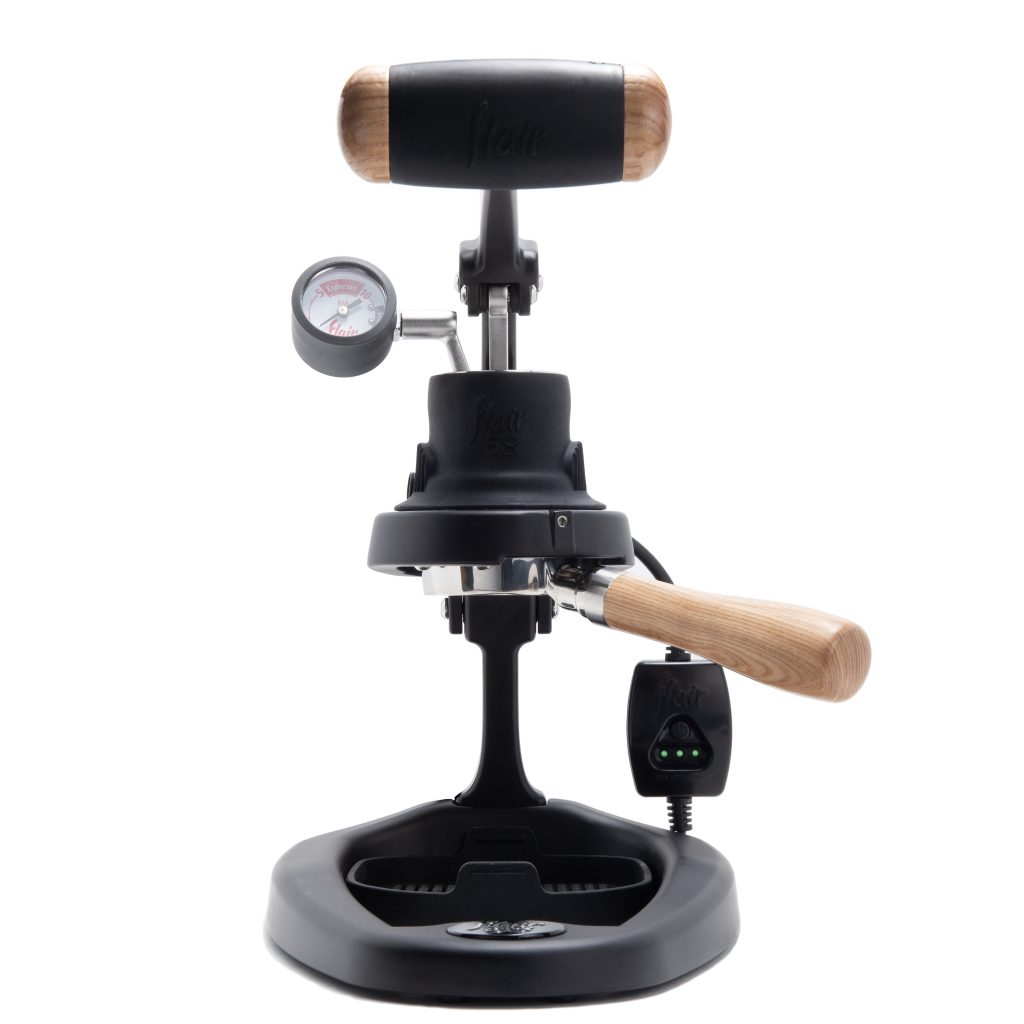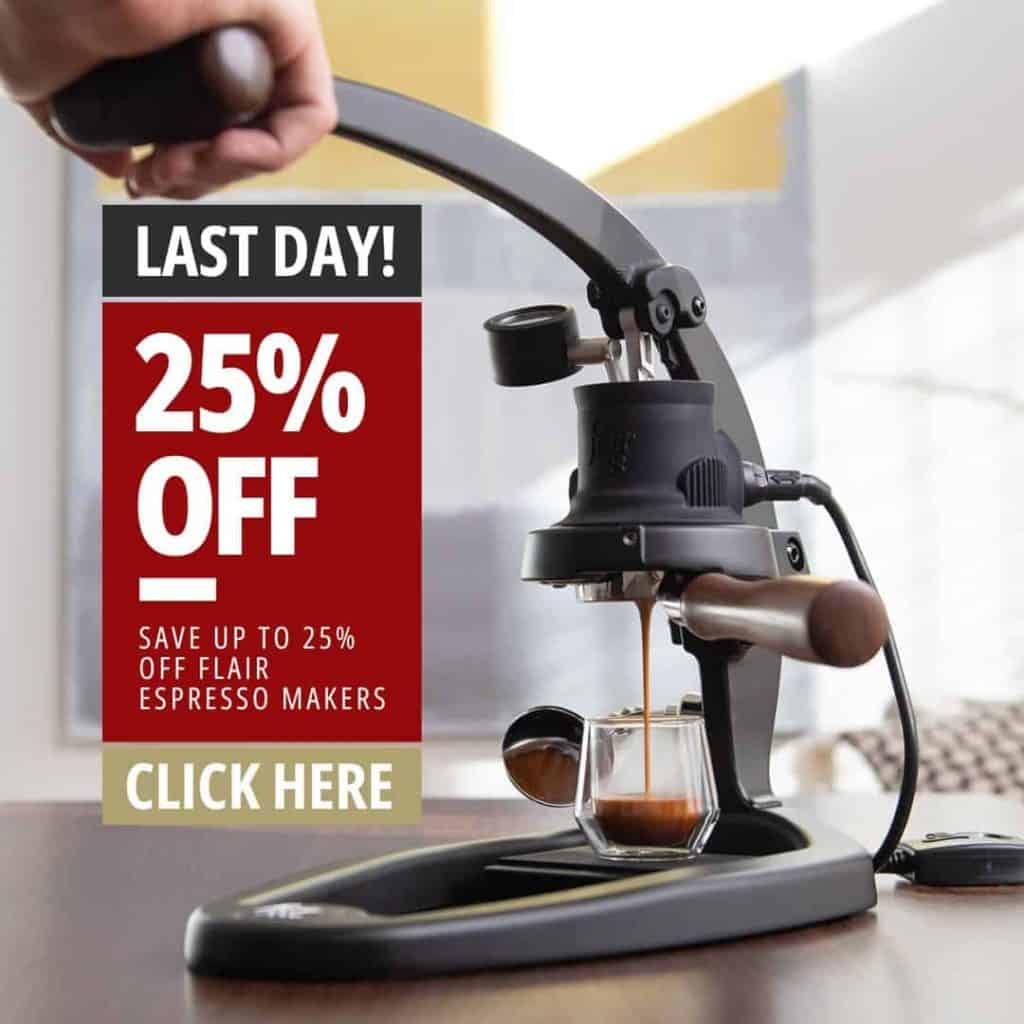Espresso University – Demystifying Dark Roasts
For this installment of Espresso University, Flair Espresso has teamed up with Raghunath from Ārāmse, an incredible coffee company from India, to take a trip “to the dark side” of coffee roasts. In this video and blog you’ll learn all about dark roasts, which still make up the majority of coffee that is consumed around the world. Watch below, or keep reading and as always, love what you brew.
Introduction to Dark Roasts
As Raghunath says, when it comes to specialty coffee, the emphasis always seems to be on medium and light roasts, with a focus on acidity and floral notes. But the truth is that those drinking light roasts globally are still a very small percentage of coffee drinkers. The majority still prefer medium-dark and dark roasts that are more chocolaty and bitter.
And, while everyone should pick the coffee that’s right for them, we at Flair would be remiss if we didn’t help educate on all roast levels, especially when it comes to our Flair products. The main takeaway here is to choose what’s best for you, and make sure that it’s sustainably sourced and freshly roasted.
So what exactly is a dark roast? Every roaster has a different scale for what they consider light, medium or dark, so it can be hard to understand. But, for the purposes of this educational video, when we say dark roast we’re referring to beans that have at least hit the second crack in the roasting process. A straightforward way to identify this visually is to look for oils on the surface of the beans, which make the beans look glossy, or shiny. The oilier the beans the darker the roast!
Dark roasts are more forgiving in many ways, especially in how easily they give up their soluble material and also how much better they are at maintaining puck integrity when pulling a shot. That being said, dark roasts still present some unique challenges that need to be managed in order to get the best out of them. It’s very easy to over extract a dark roast and get a really bitter and astringent brew, so a lot of what we’ll be discussing today is how to avoid this.
So let’s look at the key variables of espresso and how each should be approached when brewing dark roasts.
The Flair 58
Before we dive further into dark roasts, we should mention that today we’ll be brewing with a Flair 58. The Flair 58 is great for this type of educational activity, because it allows for full control over all the variables in the brewing process, including pressure, dose, ratio, time and temperature. The Flair 58’s industry standard 58mm portafilter accepts any basket size, so you can easily modify your dose and brew ratio accordingly. And, with the preheat control system of the Flair 58, you can easily preheat your brewing chamber for better thermal management during your extraction.
If you haven’t seen the Flair 58 yet, check it out below.

Flair 58 Manual Espresso Maker
The Flair 58 is our flagship in manual espresso brewing. Get café-quality espresso at home all while benefitting from the immediate feedback and control of a manual system, which is enhanced with an industry standard 58mm basket and preheat control system.
Dose for Dark Roasts
The first variable Raghunath describes is dose. As with any coffee, start with deciding on your dose based on the size of the drink you want. Also ensure that you’re using an appropriate sized basket for the dose that you’re working with. The Flair 58’s industry standard portafilter allows you to switch out your stock basket for third party baskets of various sizes. For the sake of simplicity in this lesson, Raghunath uses a standard dose of 18g. One other thing to note, is that dose is something that we like to keep fixed and only tweak very slightly on occasions. With dose it’s best to pick and lock it in.
And here’s a fun fact. The darker the roast the more porous and less dense your ground coffee will be. This means that a darker roasted coffee, once ground, will take up quite a bit more volume than the same dose of a lighter roast.
Temperature for Dark Roasts
If you watch Ārāmse’s in-depth review of the Flair 58 you’ll see they talk about how the combination of brew head temperature and water temperature combines to give the brewing temperature. Dark roasts are a lot more soluble and therefore require lower temperatures to avoid over extraction. So, on the Flair 58 Raghunath recommends sticking to the low preheat control setting and experimenting with your kettle temperature starting as low as 85 degrees C for very dark roasts. If this doesn’t hit the mark for your palate you can increase by 2 degrees C at a time to dial-in.
Grind Size for Dark Roasts
Dark roasts give up their soluble material a lot more easily than light roasts, so Raghunath recommends grinding a little coarser than you do for lighter roasts to both reduce surface area and contact time with water, which will reduce your chances of over extraction.
Brewing Ratios
Now, your brew ratio is basically the ratio of the weight of dry coffee you dose into the basket to the weight of brewed espresso extracted in your cup. Dark roasts allow for much shorter ratios, giving the brewer a textural experience that you just can’t enjoy with lighter roasts.
This is because, during the extraction process acids are extracted first, followed by sugars and then oils and bitter solids. The longer you roast coffee the more the acids break down, which is why dark roasts have significantly less acidity than light roasts. This is why you’ll be able to pull ratios like 1:1 with dark roasts without it tasting like battery acid. Instead, you get a thick, gooey, intense but balanced brew that doesn’t have harsh bitterness and astringency. So we suggest starting at around 1:1.75 and working your way down to 1:1 to find your sweet spot.
Pressure & Flow
Having full control over pressure & flow means that you can play around to quite literally “squeeze” the best out of your coffee. Raghunath recommends trying this side by side comparison, in three parts.
- Start with the classic Italian 9 BAR profile where you quickly ramp up to 9bar and keep it there for the duration of the shot.
- Then pull a second flat profile but keep the pressure lower at like 6 BAR and see how that affects the taste and texture. You’ll notice that the bitterness is a bit more subdued at lower pressures.
- Finally, try a declining profile when you start at 9b and ramp down slowly to 6b as the puck loses integrity. Let you palate decided what you enjoy.
Dark Roast Freshness and Rest Periods
How long past the roast date do you wait before brewing your dark roasted coffee? Dark roasts are more porous and therefore degas quicker and subsequently stale faster than medium and light roasts. The window between roasting and brewing is called resting and Raghunath recommends 3 – 7 days for dark roasts while lighter ones can be up to 3 – 4 weeks. Brew too soon and you’ll have spluttering, choking and uneven extractions. Wait too long and you’ll have gushing extractions with barely any crema and you’ll find yourself having to grind much finer to be able to build any pressure. In both cases you’re not going to be experiencing the coffee at its peak.
Brew at the right time and dark roast pulls look stunning. The fact that they have more built up CO2, when compared to light roasts, means you’ll get a much more generous layer of crema.
Brewing Time with Dark Roasts
Time isn’t a variable we have direct control over but rather it’s a variable that’s affected by tweaking one or more of the other variables like dose or grind size. A finer grind will increase brew time whereas a coarser grind that allows for higher flow will decrease it. It’s also a useful marker to use while troubleshooting.
If you pull two shots back to back, with identical parameters and the second shot takes 5 – 8 secs longer than you know that you’ve either not recreated the pressure curve accurately or your puck prep was different. This isn’t dark roast specific, but is a useful metric to track changes made to the other variables.
Well that’s it for this last Espresso University tutorial on dark roasted coffee. We hope this will help all you dark roast junkies get the most out of your Flair 58 or any of Flair’s other brewers for that matter.



